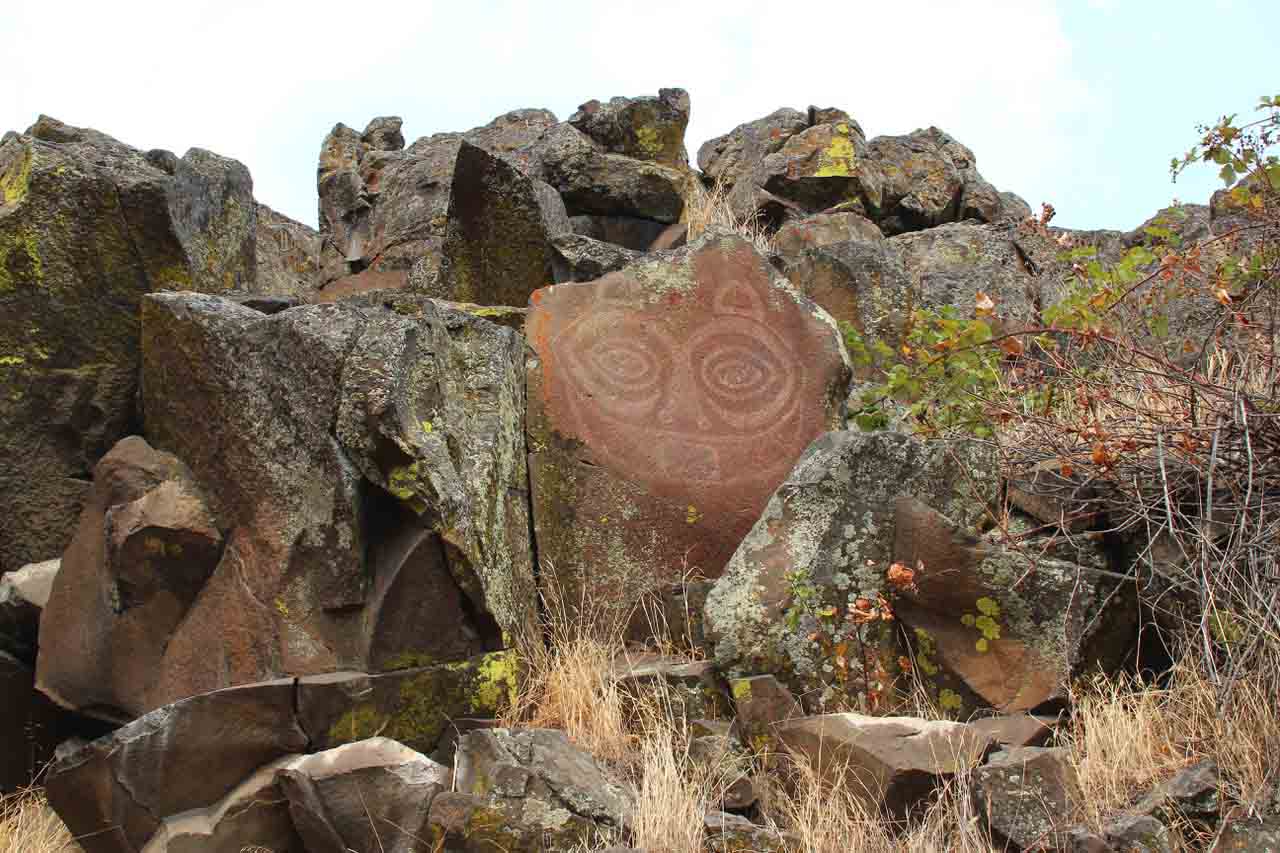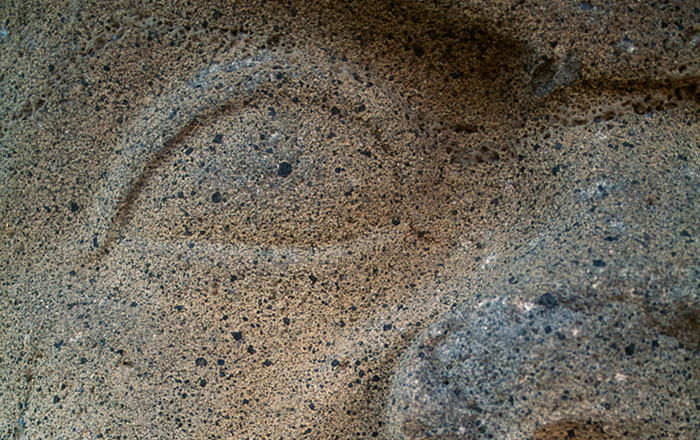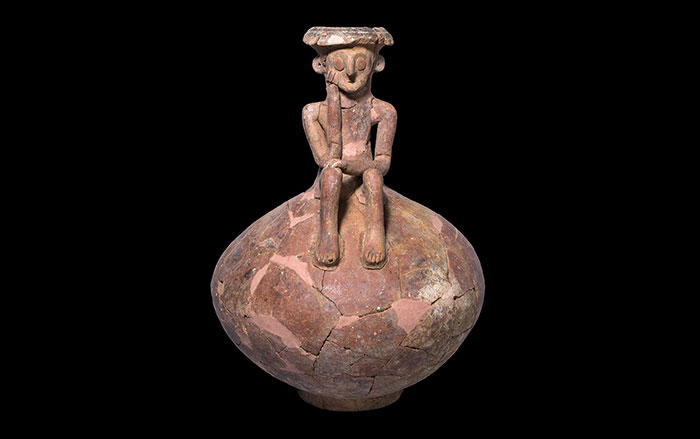
EUGENE, OREGON—According to a report by ABC News, traces of cimicid insects, the ancient relatives of today’s bedbugs, have been found in Oregon’s Paisley Five Mile Point Cave, where humans lived intermittently over a period of 11,000 years, up to 13,500 years ago. The species of bugs found in the cave, estimated to be 5,100 to 11,000 years old, were bat parasites, but researchers think they may have bitten humans when they had the chance. Why didn’t these cimicids adapt to human hosts? Martin E. Adams of Paleoinsect Research thinks the human occupants of the cave may have moved too often for the bugs to come to rely on a diet of human blood while bats were also living in the cave. And, the occasional bed bug that did dine on a human host may not have survived the trip outside. Until this discovery, the oldest known example of a bed bug species was 3,550 years old, and had been found in Egypt. To read more about Oregon's Paisley Caves, go to “America, In the Beginning: Paisley Caves.”











